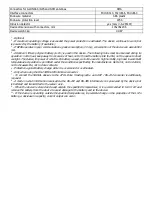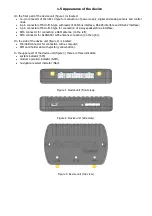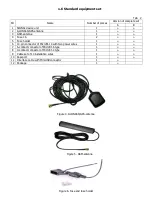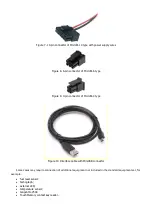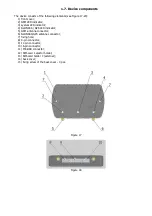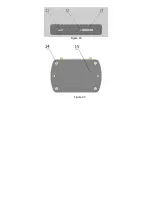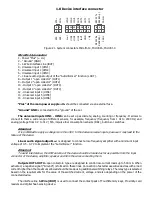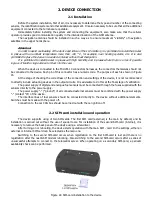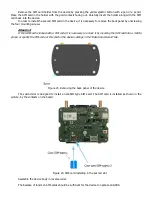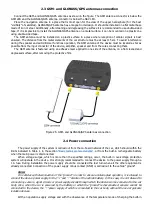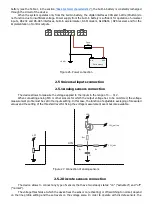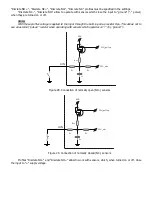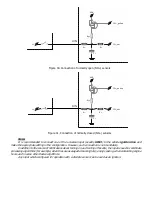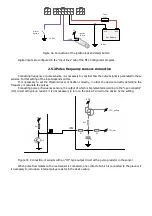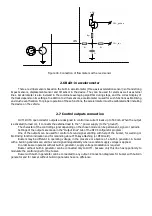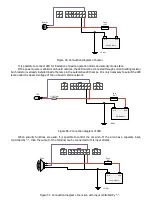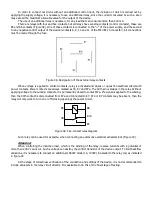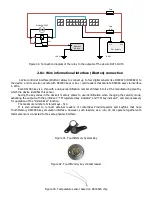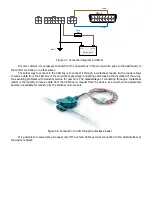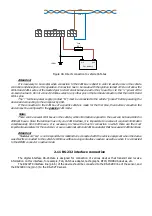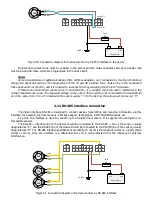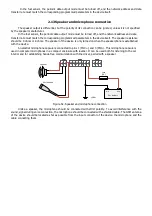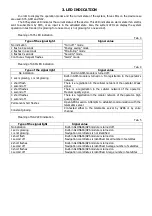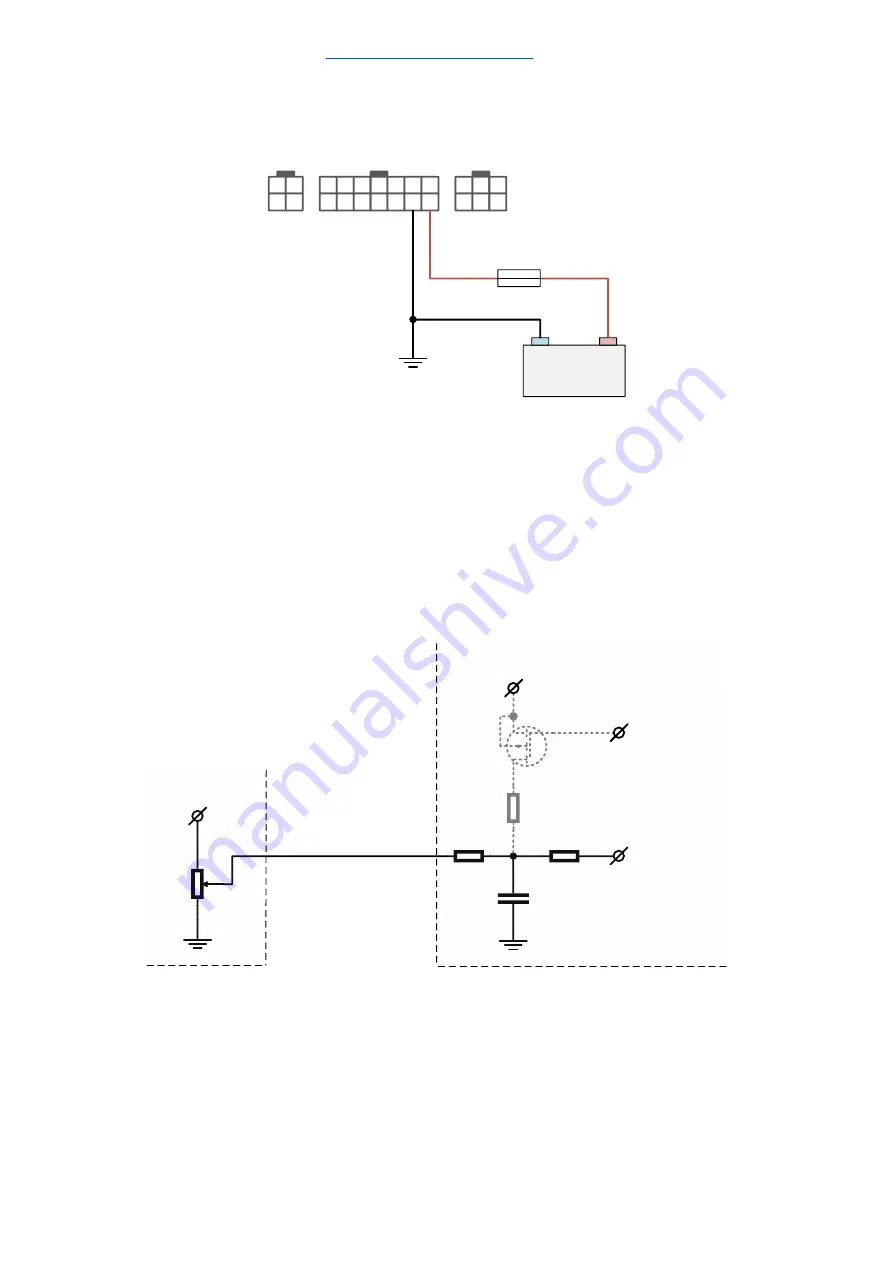
battery (see the Table 1, in the section
"Basic technical characteristics"
), the built-in battery is constantly recharged
through the circuit of the device.
When the system operates only from the built-in battery, the digital interfaces CAN and 1-Wire (IButton) do
not function due to insufficient voltage. Power supply from the built-in battery is sufficient for operation of universal
inputs, RS-232 and RS-485 interfaces, built-in accelerometer, GSM modem, GLONASS / GPS receiver and for the
implementation of control outputs.
4
2
3
1
14
7
13
6
12
5
11
4
10
3
9
8
2
1
6
5
4
3
2
1
«+»
«-»
Car battery
Fuse
(1A)
«GND»
Figure 26. Power connection
2.5 Universal inputs connection
2.5.1 Analog sensors connection
The device allows to measure the voltage applied to the inputs in the range of 0 ... 31 V.
When connecting analog FLS or other sensors for which the output voltage has to be monitored, the voltage
measurement profile must be set in the inputs setting. In this case, the function of adjustable averaging of measured
values and the setting of the threshold level for fixing the voltage measurement event become available.
CPU_adc
R
1
R
2
UIN
C
1
R
pu
CPU_pull-up
VDD
+U
Figure 27. Connection of analog sensors
2.5.2 Discrete sensors connection
The device allows to connect any type of sensors that have two steady states: "on" ("activated") and "off"
("normal").
The voltage thresholds at which the device fixes the sensor on (activating) or off (switching to normal) depend
on the line profile setting and the set levels on the voltage scale. In order to operate with discrete sensors, the
Summary of Contents for SIGNAL S-2651
Page 16: ...Figure 19 Figure 20...


